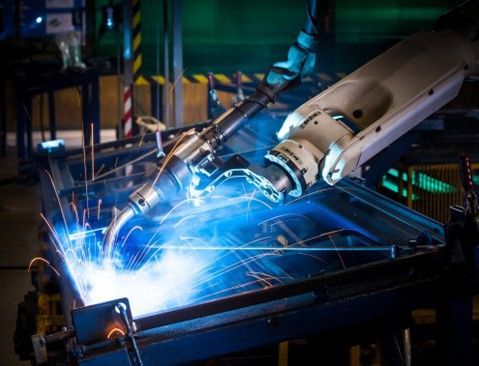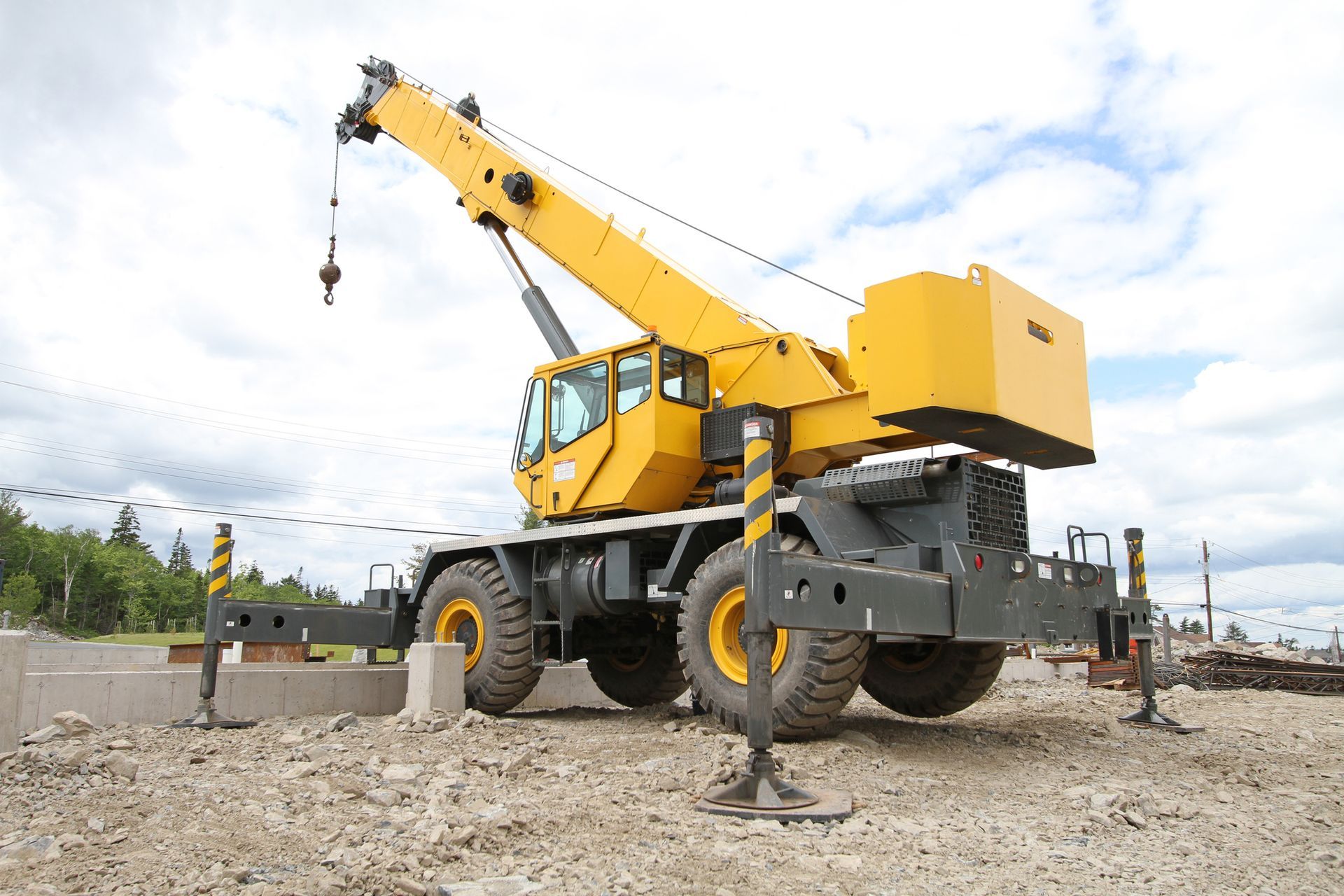

Damage to oil field drills can cost you money through lost revenue and repair or replacement costs. Understanding why your drill might suffer damage can help you prevent such damage. Below are common causes of such damages.
Human Error
Oil field drills are tough and handle hard materials daily, but some things can still damage them. Negligent use of the drills easily damages them. Below are human errors that can damage drilling equipment.
Improper Use
Drill operators must use the equipment appropriately; otherwise, damages occur. For example, steering directional drill rods too quickly can bend them. The operator should pay attention to the drill feedback, specifically the pressure and resistance, and gently guide the drill. Inadequate training is a common cause of improper drill operations.
Similarly, improper operation of equipment can lead to accidents. For example, drill bits can collide with other equipment or well walls, suffering damage.
Inadequate Maintenance
Oil field drills require periodic checks and regular maintenance. For example:
Proper maintenance records ensure you don't skip crucial services the drill needs.
Inappropriate Equipment
Using the wrong equipment for the job increases damage risk. For example, drill bits are available in different sizes, shapes, and configurations. Different factors, including the soil characteristics, determine the best drill bit. A drill bit for soft soils faces a high risk of damage when used on extremely hard ground.
Wear and Tear
The harsh environments in which oil field drills operate make wear and tear inevitable. Drilling shocks and vibrations, constant moisture exposure, and constant movement against hard materials affect different drill parts. Replacing worn parts is advisable since such parts can fail without warning.
Environmental Issues
The oil field environment can also contribute to drill equipment damage. Below are environmental factors and the damage they cause.
Abrasive Materials
Some oil fields have abrasive materials that accelerate wear and tear and can cause instant damage. Unexpected abrasive materials in seemingly soft soils increase the damage risk.
Corrosive Materials
The harsh environments and tough jobs that drills handle mean most of their parts are metal. However, metal is susceptible to corrosion under certain circumstances. Underground oxygen, constant moisture exposure, and exposure to corrosive gases cause corrosion that increases equipment damage risk.
Elevated or Changing Temperature and Pressure
The underground environment is not uniform. Some areas are under more pressure and are at higher temperatures than others. Drillers use pressure and temperature gauges to help them customize their drilling patterns to the prevailing conditions. However, unexpected or overwhelming pressure changes can still cause equipment damage.
Inclement Weather
Drill equipment manufacturers know the equipment operates in harsh environments and design them to withstand different threats. Thus, moderately bad weather might not cause damage, but extremely bad weather (like hurricanes) can overturn or crash equipment against each other, causing damage.
Manufacturing Defects
Lastly, design or manufacturing errors can also damage oil field drills. Different drill bit materials and designs determine how they operate under extreme conditions. For example, many manufacturers use hard materials like synthetic diamonds for drills for extremely hard soils. Using the wrong material on a drill bit can cause it to fall apart during drilling.
3-B Welding LLC offers industrial welding and repair services at affordable rates. Our professional technicians have years of experience in the industry. We also provide a 24-hour emergency service for those issues that require immediate attention. Contact us for a free estimate, and let us help you keep your business running with minimal hiccups.






